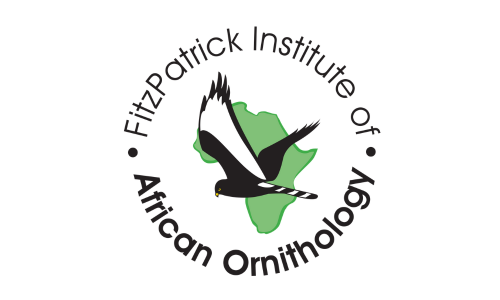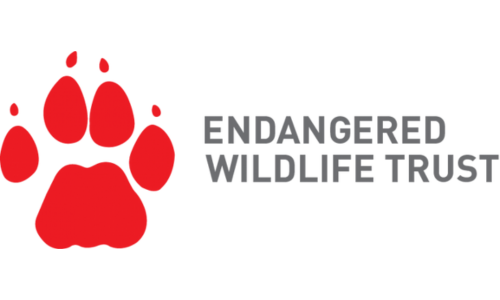Black Harriers
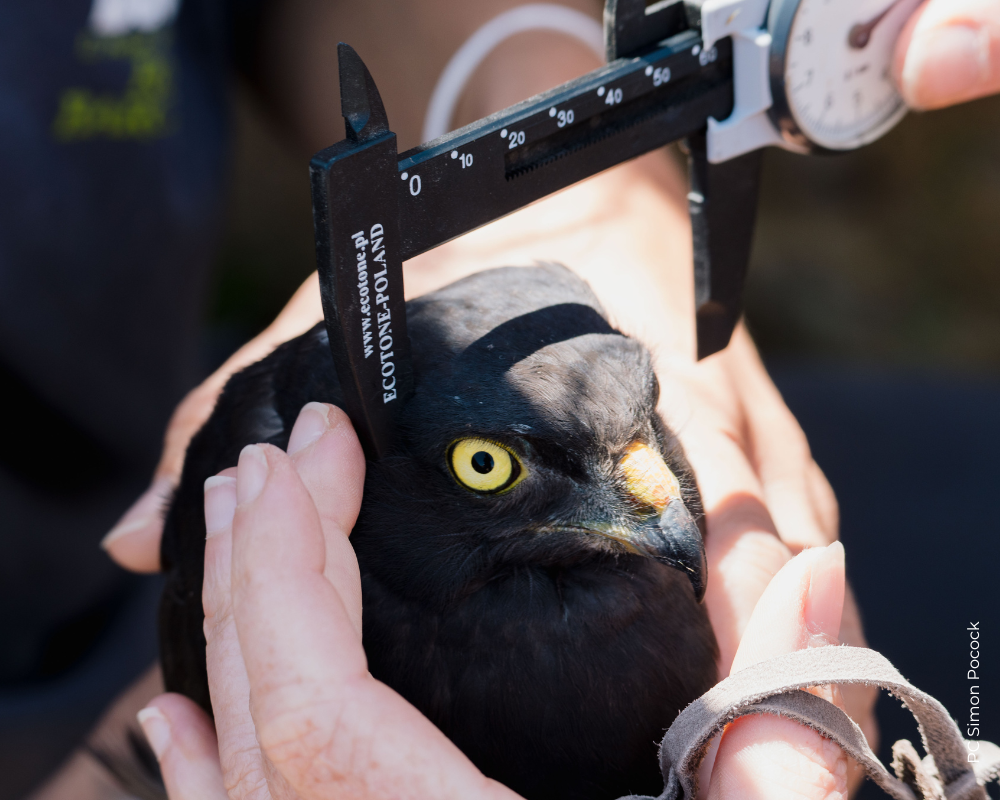
Program at a Glance
Focal Species: Black Harrier
Study Area: South African Fynbos and Karoo ecosystems
Threats:


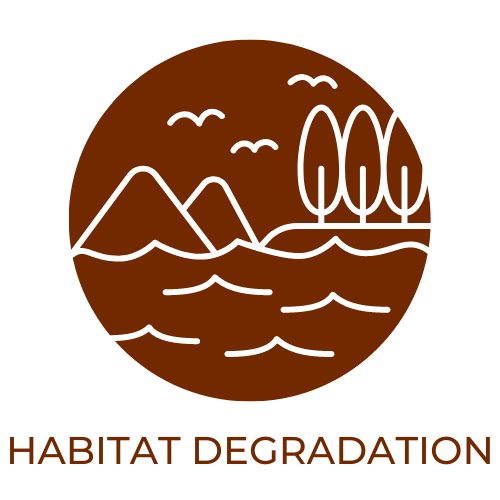
About the Program
Black Harriers are southern Africa’s rarest endemic raptor. The global population is estimated to number less than 1,400 individuals of this Endangered species, and their numbers are declining. The species is now facing a new threat from the rapidly growing wind energy sector in South Africa. Black Harriers are being killed by collisions with wind turbines at a rate that is sufficient to cause their extinction. If nothing is done about this conflict, we can expect to witness the extinction of the species within our lives. This project aims to avert such a disaster. We are GPS-tracking Black Harriers to analyze their flight behavior and habitat use in order to inform suitable mitigation and avoid unnecessary mortalities of this species. We aim to produce risk maps, informed by topography, land cover, and locations of nests, to predict collision risk across the landscape. This information can be used by developers and governments in the planning stage of new wind energy developments to avoid building turbines in locations that pose a high risk of mortality to Black Harriers, thereby helping to avert their extinction.
Program Highlights
Future of the Program
Once we have collected sufficient tracking data for conclusive analyses, we will publish our results in a peer-reviewed journal. We will work with stakeholders in the South African wind energy industry and BirdLife South Africa to provide usable tools and recommendations to protect Black Harriers from further mortalities due to collisions with wind energy. All tagged harriers will be monitored until the tags fall off naturally (expected within three years of tag deployment) or the individual dies. This will provide long-term tracking data, which can be used to assess other ecological questions such as survival, habitat use, responses to meteorological conditions, and perhaps wind turbine avoidance behaviors. Any individuals who die and are recovered will be tested for organochlorine compounds, which have already been detected in nestlings of this species, and are a concern for the conservation of this species.
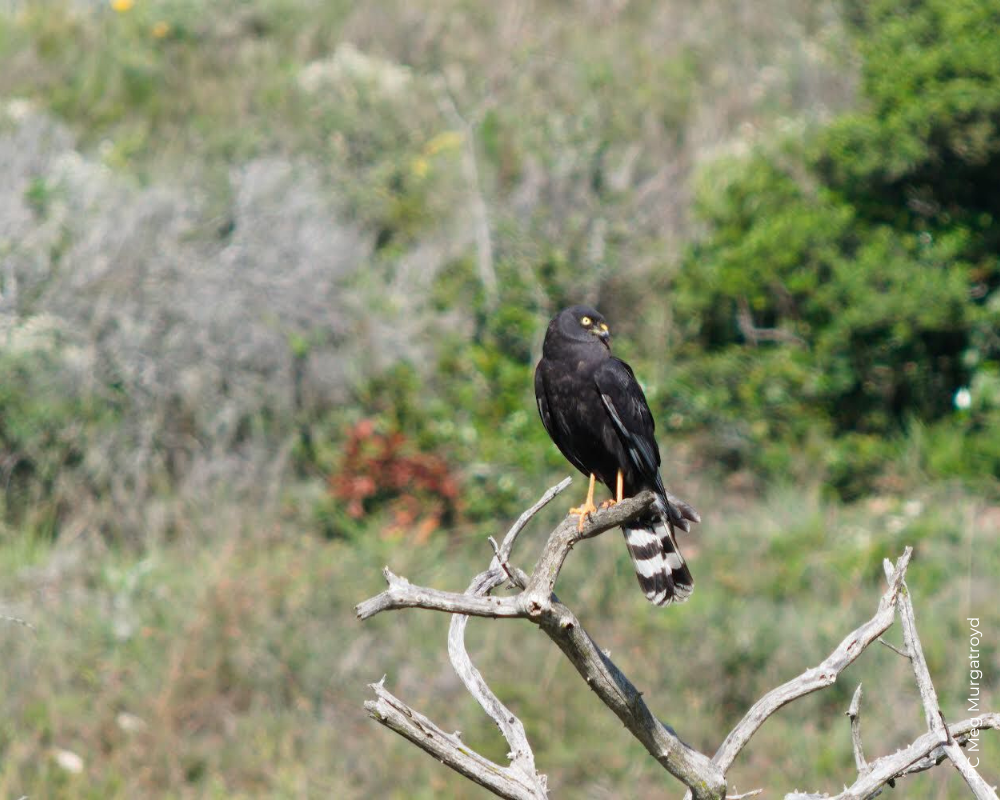

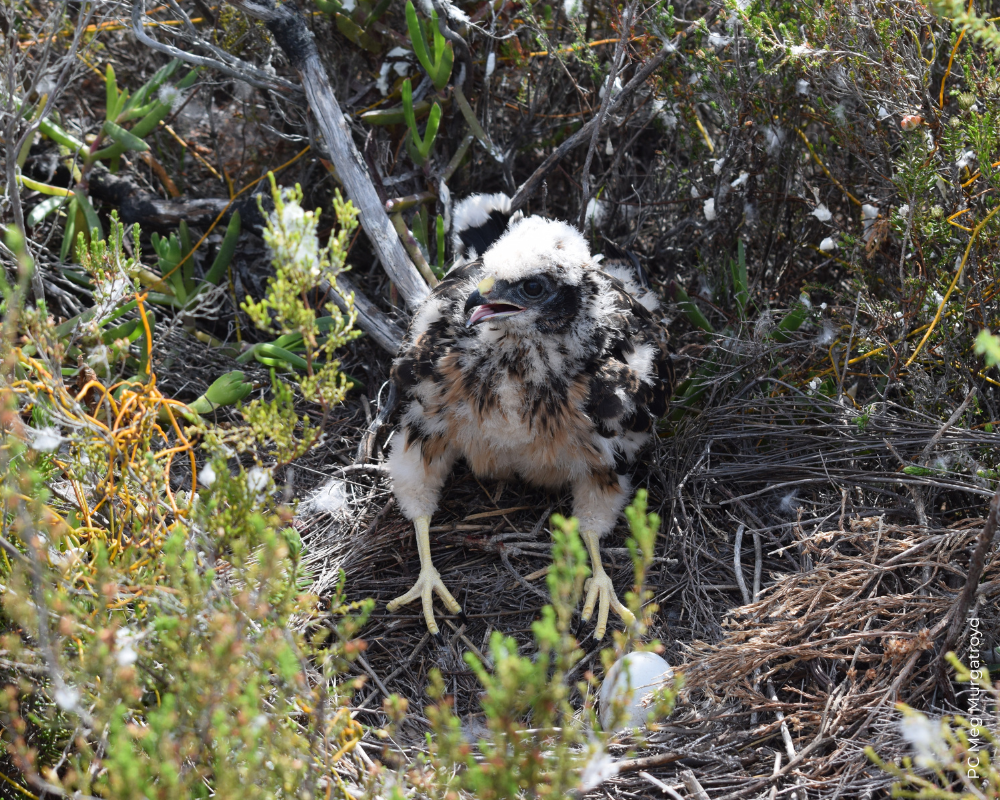
Looking for More Information?
Here’s How You Can Help
Sponsor a Transmitter: When you cover the monthly data fees for our transmitters, you’ll receive quarterly updates from our scientists, tracking maps, the opportunity to name your Black Harrier, and more! Click here to sponsor.
Report a Colour-Ringed Bird: Become a part of international raptor research! Email us if you spot a colour-ringed Black Harrier so that we can learn more about their movement.
Read More in Our Publications, Reports, and Comments
Coming soon!
Contact the Team to Learn More
This program is led by our International team. To learn more, contact Dr. Megan Murgatroyd, Associate Director of African and Asian Programs.
Track the Conservation of an Endangered Species
To conserve Black Harriers, we need to know where they roost, nest, hunt, and migrate. You can play an active role by sponsoring a transmitter to track their movement and you’ll receive exclusive updates.


